I spent six whirlwind days in Israel a few weeks ago. My trip began with my participation in the 6th Global Forum for Combatting Anti-Semitism, hosted by the Israeli government in Jerusalem. I was the only woman invited to speak on a panel provocatively titled “Anti-Semitism in the Far Left: Intersectionality as a Cover for Hate Speech in Current Progressive Activism.” I decided to attend the conference to ensure that a woman’s voice would be part of a discussion that would include the Women’s March and Black Lives Matter movements in the United States.
I arrived just in time for the opening plenary session with Naftali Bennett, Israel’s minister of both education and diaspora; World Jewish Congress chair and American philanthropist Ronald Lauder, and U.S. Ambassador to Israel David Friedman. About 1,200 Holocaust and anti-Semitism scholars and experts, as well as diplomats and visitors from 83 countries, were in the audience. Bennett set the tone when he defined his role as diaspora minister as “the minister of the Jews.” At first I thought he was joking, but I realized that he was serious when he explained that Israel would now help Jews facing persecution outside of Israel, just as the diaspora had once helped those within Israel. He then assessed American Jewry as “the weakest link” in the Jewish chain and the group most susceptible to being swayed by the Boycott, Divestment, Sanctions movement (BDS).
Bennett also chastised Lauder, whom he was introducing, for writing in a New York Times op-ed published that day that Israel’s policies regarding religious pluralism and its receding interest in pursuing a two-state solution are alienating American Jews, particularly millennials. Bennett, a Religious Zionist, said the problem doesn’t lie with Israel’s policies but with non-Orthodox American Jews, who, he said, are increasingly assimilated and soon will not be Jewish at all.
This is a common refrain in official and non-official circles in Israel these days, and one that always makes me sigh. As editor-in-chief of a publication that is “a magazine for American Jews,” I interact with American Jews across the spectrum every day. I see the incredible vitality of Jewish-American life: Jewish commitment, culture and creativity are flourishing. I couldn’t disagree more with statements such as Bennett’s. At that moment, I realized I was staring directly into the deepening chasm between Israel and many American Jews.
That chasm also separates perspectives on anti-Semitism, the topic we had come together to discuss. In his remarks, Bennett declared Iran to be “at the core of anti-Semitism.” This view of Iran is understandable, given Israel’s vulnerable geographic location in a hostile neighborhood, but it is not as relevant to the conversation about anti-Semitism within the United States. Anti-Semitism is a complicated virus, with many symptoms, and the United States has its own unique strains. Israel is especially concerned with the anti-Semitism stirred up by BDS and other groups connected to the Palestinians. Although I talked about this left-wing strain during the session I participated in the following day, I also felt obligated to emphasize that gun-carrying neo-Nazis on the far right may currently be a more dangerous threat to American Jews.
On my way to the gleaming airport named after him, I wondered what David Ben-Gurion and his fellow pioneers—Israel’s greatest generation—would think of their country today.
It was an intense three days. Participants attended sessions covering anti-Semitism throughout the world, exposing prejudices that most of us had once imagined would never return. Old forms of prejudice had indeed disappeared, only to take new shape. Together we explored how to best measure and confront them. By the end of the conference, I felt weighed down by world problems. I had barely left the conference center the entire time, slipping out only briefly to inhale jasmine-scented air and watch ultra-Orthodox couples strolling through the grounds.
The next day, my head cleared and I headed to Tel Aviv for meetings with friends and colleagues. It was a gorgeous, unseasonably hot spring day. When I found myself at the waterfront, it felt as if centuries had passed since I had lived in Israel, although I had visited many times since. The rundown buildings I remember from the 1970s have been replaced by sleek luxury hotels and condominium towers. The area is now prime real estate, linked by plazas and a miles-long promenade.
Thousands of people were out on the beach. I took off my shoes to join them. Jews, Muslims and Christians from Israel and abroad—largely in separate clusters—shared sand and waves. I waded into the Mediterranean, settled into a beach chair at a café and ordered French fries and delicious, fresh squeezed orange juice from a friendly waiter with dreadlocks and body piercings.
After sundown, I wandered through the city, now the world’s largest urban concentration of Jews, teeming with creative energy. I followed my phone’s GPS through a maze of bustling streets on a quest for gluten-free falafel, which I found at a restaurant packed with young and old. After my meal, I tapped the screen of my phone for a Gett Taxi (Israel threw out Uber, and its cab companies are now connected by the Israeli startup) and was returned to my hotel.
The next morning, I was up at 4 a.m. to rendezvous in Jerusalem with the “Holyland 1000,” for day three of a five-day 1,000-kilometer charity event consisting of 76 antique cars traveling Israel’s scenic byways and busy highways. I settled into the passenger seat of a 1958 Jaguar XK150 convertible and watched Israel fly by. We drove through the Old City, then on winding back roads through the picturesque pine forests in the Judean Hills funded by diaspora Jews. Along the way, adults grinned, children waved and everyone took photographs. In Tel Aviv we were welcomed at a rally held by Israel’s antique car owners association. Who knew?
That evening, before Shabbat dinner with friends in Jerusalem, I went for a walk around Abu Tor, which overlooks the Old City. The golden Dome of the Rock was seemingly afire in the sunset. The next afternoon, I met with Mohammed Dajani, a Palestinian professor of political science, who a few years ago was pushed out of his job at al-Quds University for taking a group of young Palestinians to Auschwitz. We wandered through East Jerusalem, buying fresh green almonds from a vendor on bustling Saladin Street and stopping in a spice shop. We peeked into the Educational Bookshop, its shelves laden with books (such as Norman Finkelstein’s The Holocaust Industry and Angela Davis’s Freedom Is a Constant Struggle) less likely to be prominently displayed in West Jerusalem stores. We ate fava beans and falafel in Dajani’s favorite Old City hole-in-the-wall and ended up in the old Muslim cemetery that is now a park in West Jerusalem. A few gravestones remain, plus one tomb—Dajani’s grandfather’s—which the family fought for many years to save.
Later that night, on my way to the gleaming airport named after him, I wondered what David Ben-Gurion and his fellow pioneers—Israel’s greatest generation—would think of their country today. On the 70th anniversary of the Jewish State, I imagine they would admire the result of their hard work. They might pause at the way high-tech capitalism has replaced agricultural socialism, but would certainly be delighted by Israel’s vitality and high standard of living. They would be gratified that Israel has become a regional power, but they might also be worried about the unresolved existential questions and gaping fissures that could endanger the fulfillment of their dream.



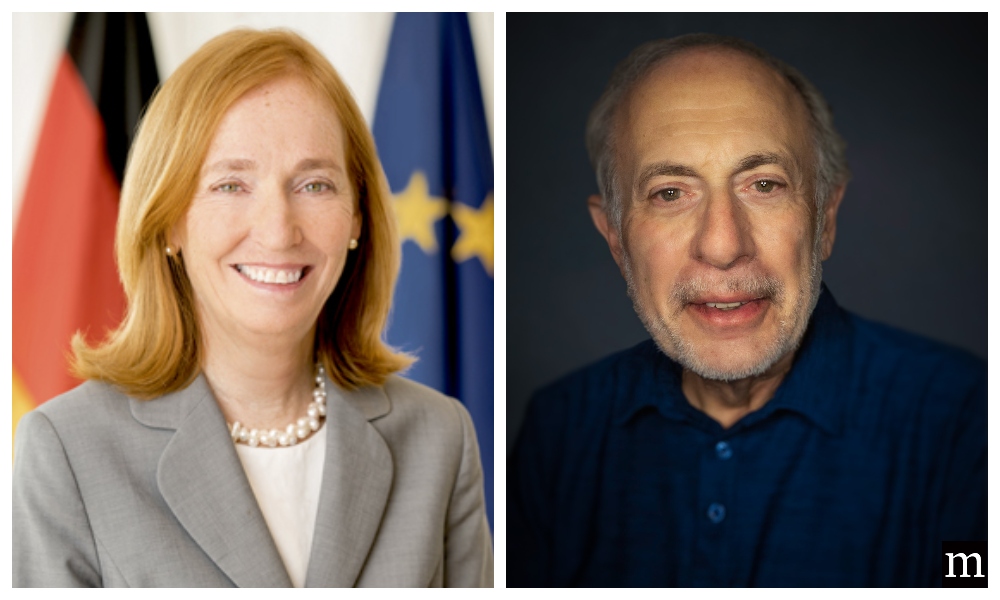
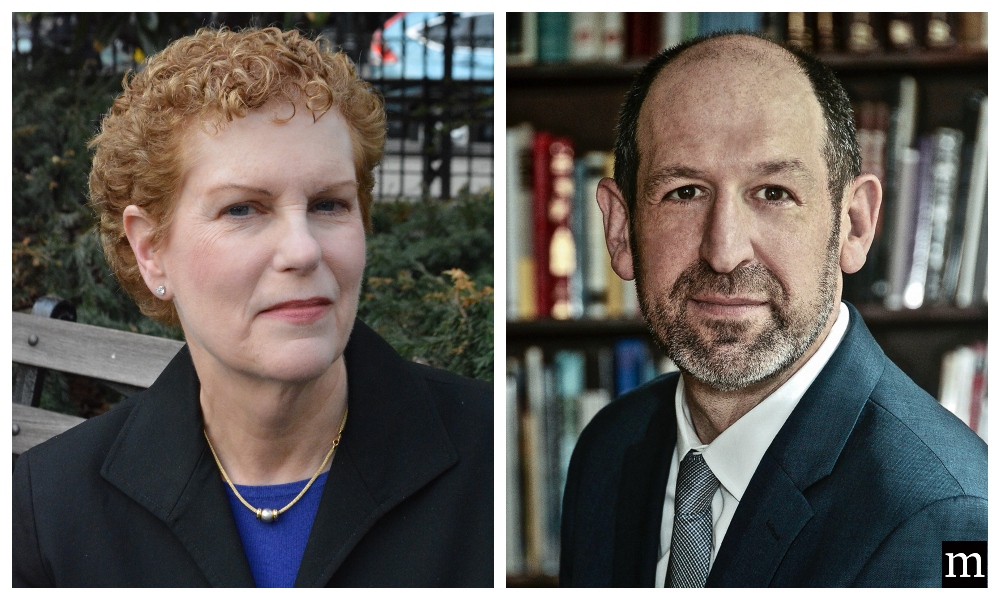
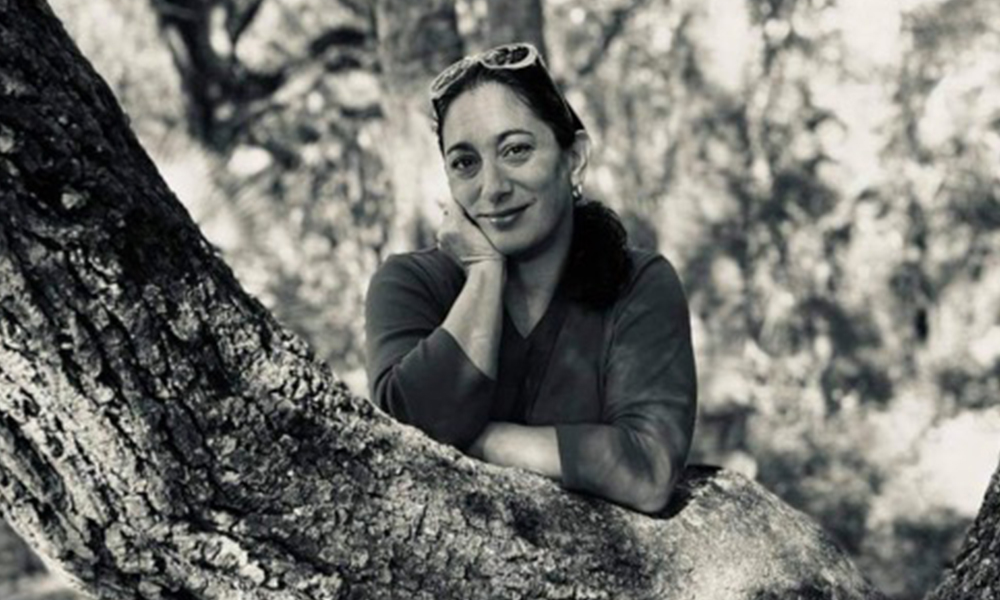
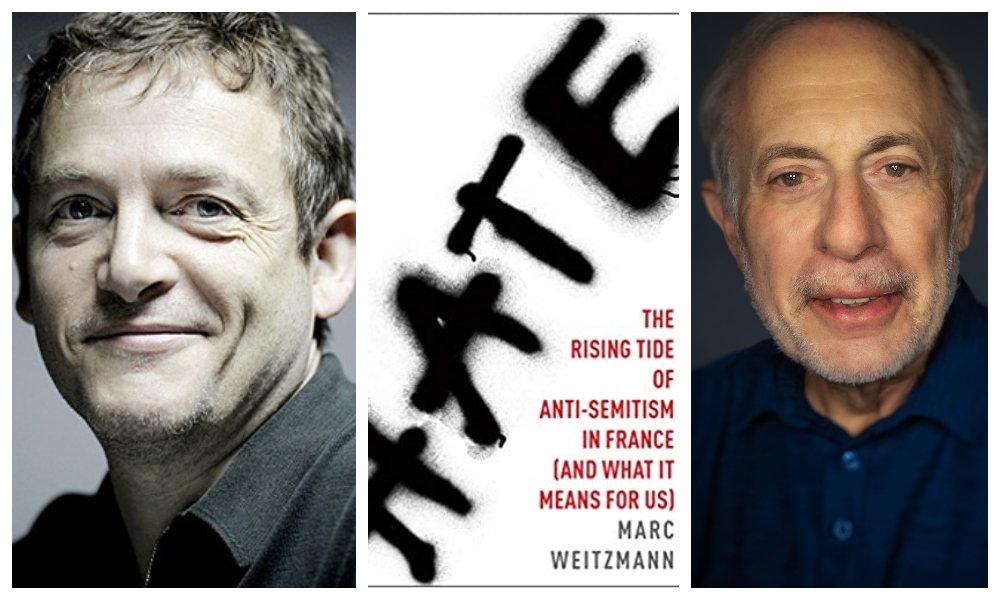
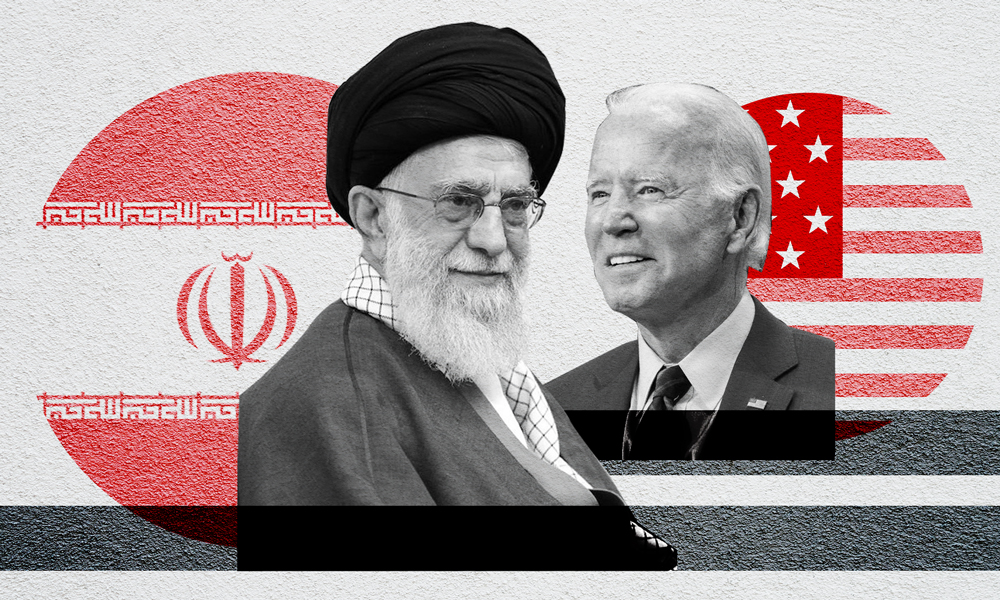
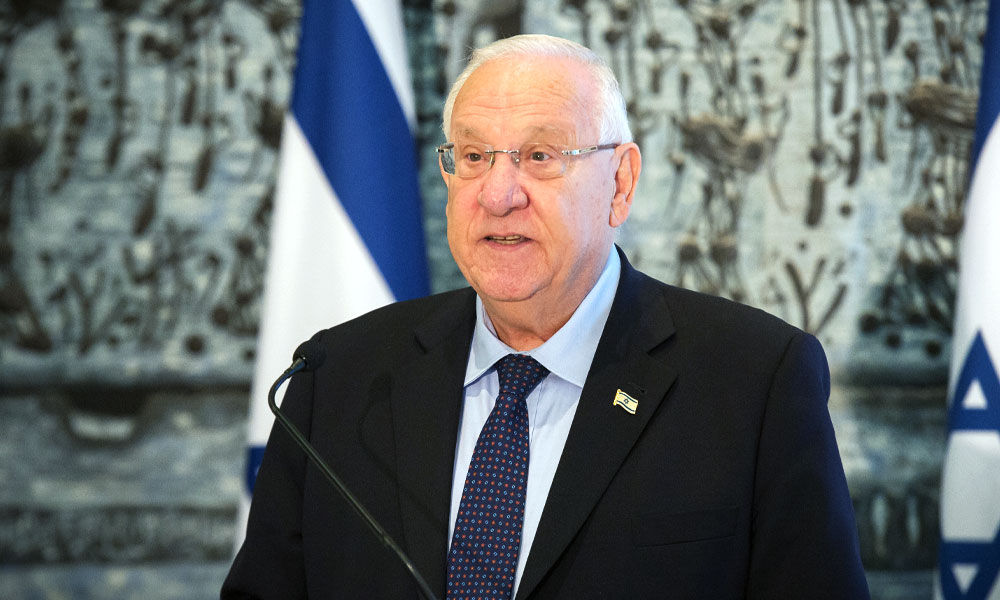

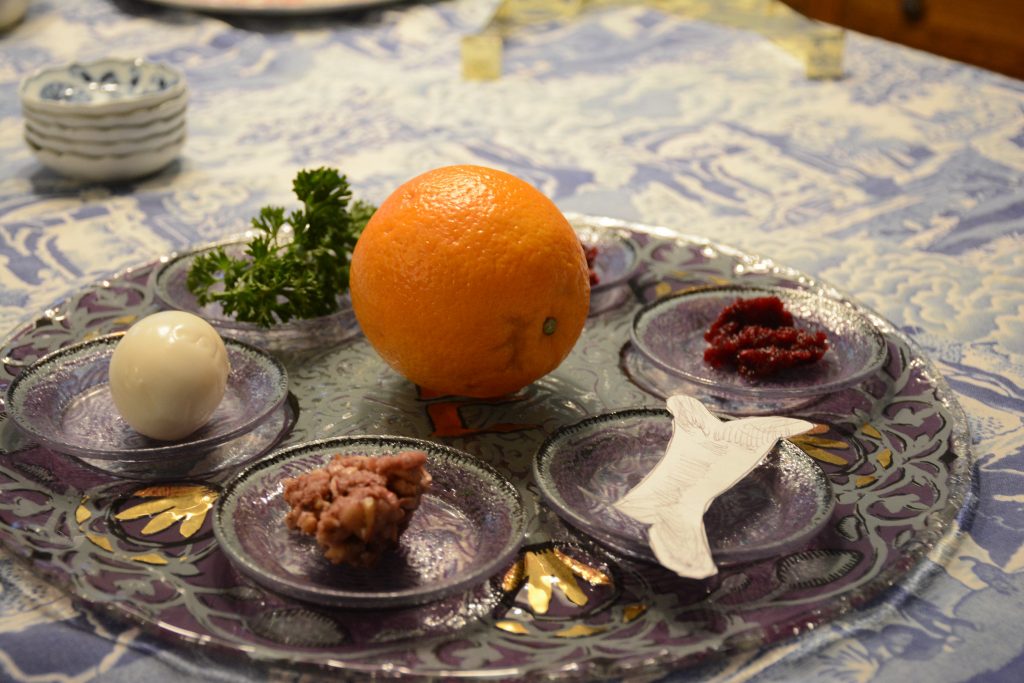

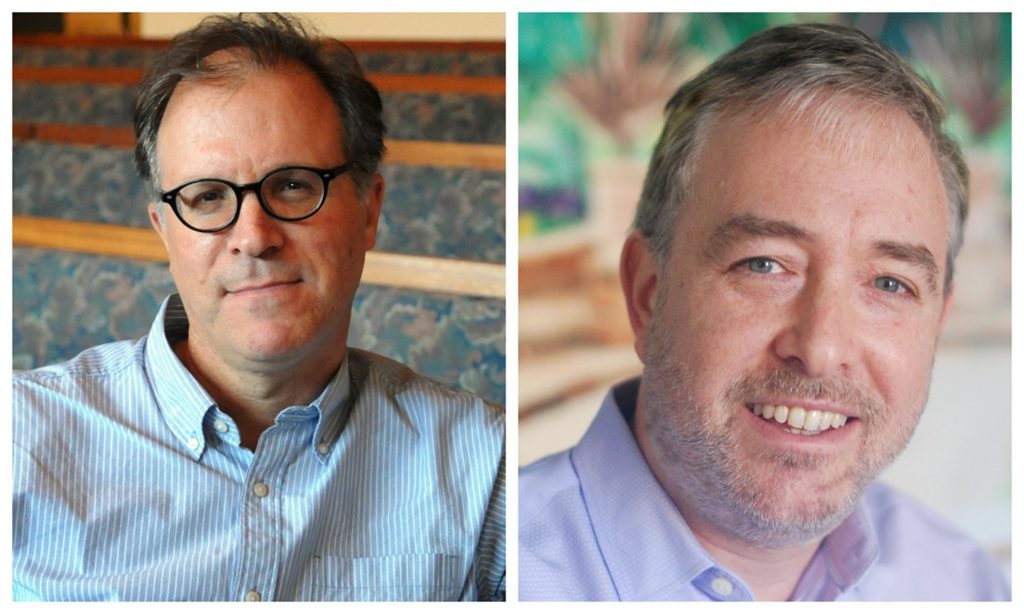
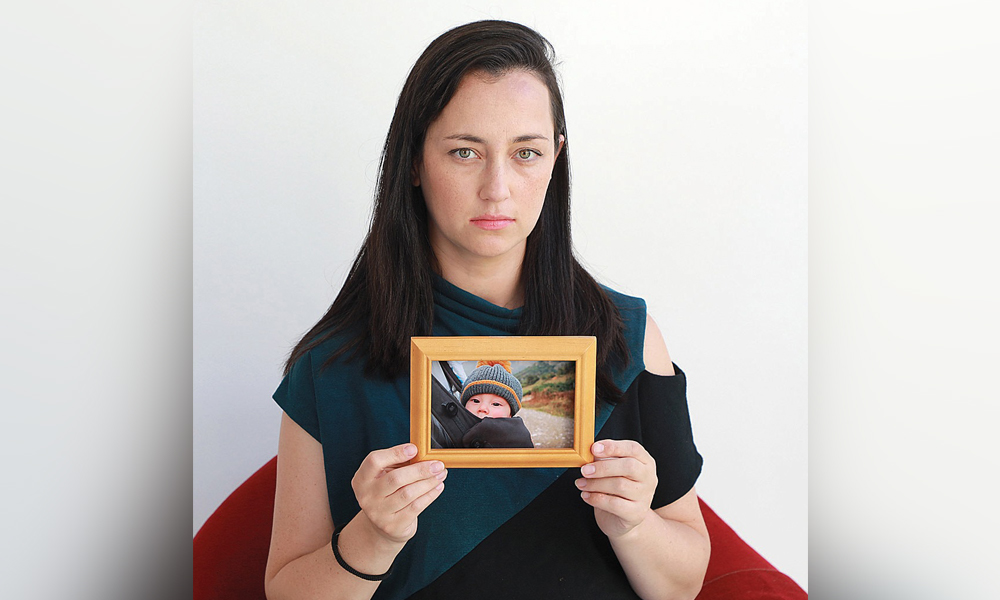
Is there really a “Jewish” homeland… after collecting for the JNF as a kid, cheering israel on (I am 84), I have lost my enthusiasm for the country… a theocracy, where civil law is subject to so called religious authority, is not what we american jews envisioned… The difference between Israel, and it’s neighbors is rapidly diminishing.